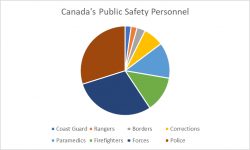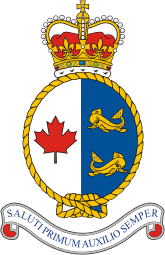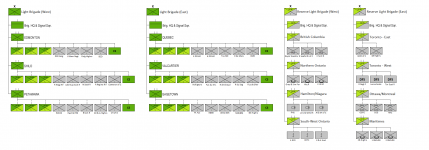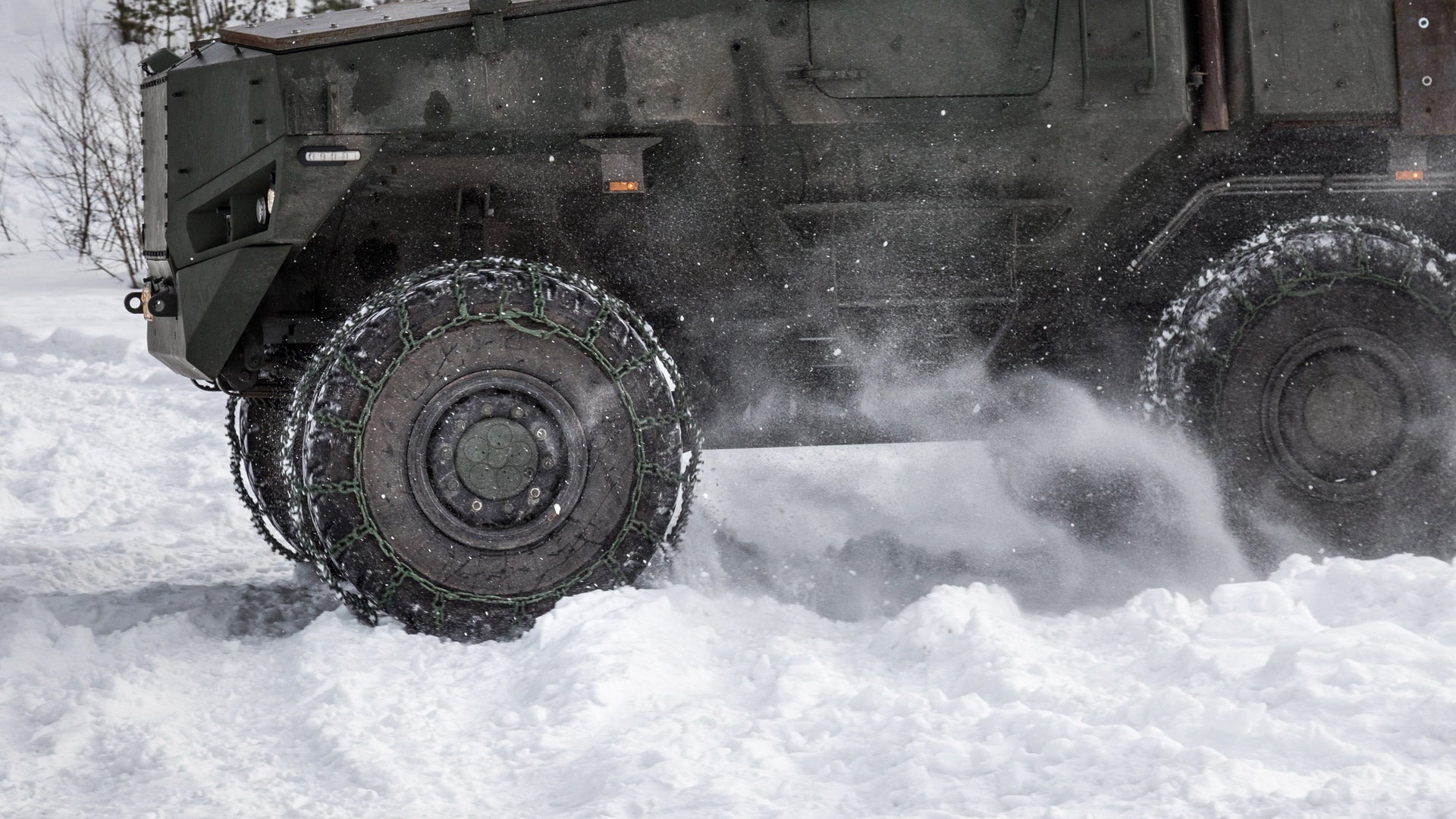TangoTwoBravo
Army.ca Veteran
- Reaction score
- 3,500
- Points
- 1,110
What threats are you perceiving to cause you to want to focus on ground-based air defence of Canadian cities by our Army Reserve and fielding a local defence force with machineguns and mortars?We'll skip the points of agreement.
I would argue that the reserve function is to provide defence when there is a military necessity. If you wait until the necessity is obvious it is too late.
As to managing threats -
there are threats.
Those threats include civil and military threats and can include assaults by mobs, occupations and blockades, emplacement of bombs and other deadly devices and the launching of missiles from near and far - to include taking control civil aircraft while on autopilot.
The Foresters are needed, not just to support the Army in particular, or even the CAF in general, they are needed to support the police and other government departments when manpower is required. The question is what capabilities can they cheaply supply with minimal training. My sense is that security should be their primary focus. That means small arms, light vehicles and comms. It also could mean the provision of a significant arsenal of single shot wooden rounds. Machine Guns and Mortars are also relatively cheap.
My overarching need is for missile defence - everything from CRAM with strong EW and Directed Energy devices like lasers backed by kinetic weapons (guns) up through VSHORAD, SHORAD and MRAD to ABM defences. All of those could be mixed regular/reserve formations. With the Foresters providing security for the deployed systems.
The "military" threats, in the sense of state actors in uniform, may be external to our borders but internally we present opportunities that external actors can exploit and exploit effectively by supplying hardware that would make our local malcontents a capable threat. At very least they could deny the government and commerce access to broad swathes of the country.
Oka on a large scale.
Managing that would be a police matter but we don't keep enough police on strength to manage those issues under all circumstances.
Yes.
No. Only if you plan on demolishing the cities. If you want to minimize the damage and focus on the insurgents then there is ample cover and concealment to permit light forces to operate effectively in the urban environment.
It's nice to have a tank to mousehole an apartment block but wouldn't a Carl Gustaf with the right warhead (or even an AT4) be just as effective, and more manoeuverable?
I don't question the capability of Canada. It doesn't have a sustainable Division currently.
I think it has the skeleton of a Division. And I think that a Division, in conjunction with a well organized local reserve, is a reasonable scale of investment for Canada's national defence. I'm not particularly bothered about the nature of the expeditionary Division. I do like your Light Brigade structure but I am inclined to have that, like the SSF, as a National Defence entity. It may be better to separate that from Expeditionary Division and form it separately in the same way the Brits have formed their 16th Air Assault Brigade as a Global Response Force.
And the Institutional Army, the CADTC, they need to spend more effort figuring out how to turn civilians into a local defence force that can be filed for future reference.
There needs to be a credible threat to make investments and changes on the scale that you demand (and that you are in no position to do so BTW). In learned in several International Relations courses as part of my Poli Sci degree some decades ago that the threat a nation perceives of another can be made into a formula: threat = capability x intention. So if either is assessed as zero then there is no threat.
For example, the US absolutely has the capability to harm Canada, but has no intention. Therefore, it would be silly to base our defence policy to counter a threat from the US. Does Russia have the capability and intention to harm Canada? Perhaps. But it would be with weapons for which we have NORAD and the threat of immediate US retaliation. What other threats are driving your strident demands?
Having said that, Defence of Canada and then North America are indeed our priorities in that order ahead of international operations. Its just that those two roles can be covered with other assets (NORAD fighters, ships, CANSOF) against the credible assessment of threats. Army Reserve units do absolutely have the task of domestic operations. Keep in mind that assistance to law enforcement is only one potential task whereas disaster assistance is much more likely. There are Territorial Battle Groups that can and have executed that role. Out in 5XX, for example, we had TBGs as IRU during one storm season. Folks here, many of whom have very limited awareness of the situation, love to hate on the CAF, CA and the Reserves. Good things are also happening.
The Grey and Simcoe Foresters, by the way, have very realistic mission task of providing an Arctic Response Company Group to deploy to the North and conduct domestic operations. Converting them to air defence of Owen Sound and Barrie doesn't make sense.







/cloudfront-us-east-1.images.arcpublishing.com/tgam/QDHXFEV5Q5MXPFG6PR2AD4LC2E.JPG)


